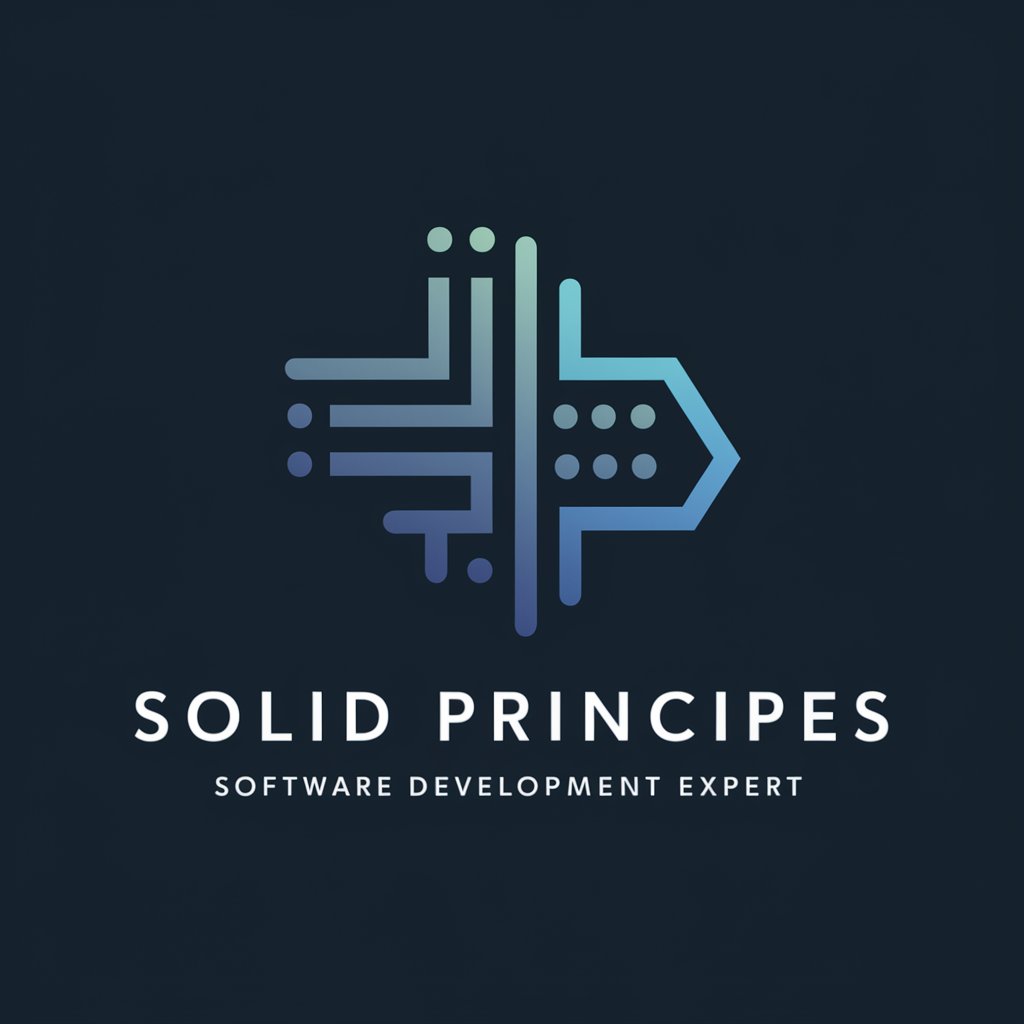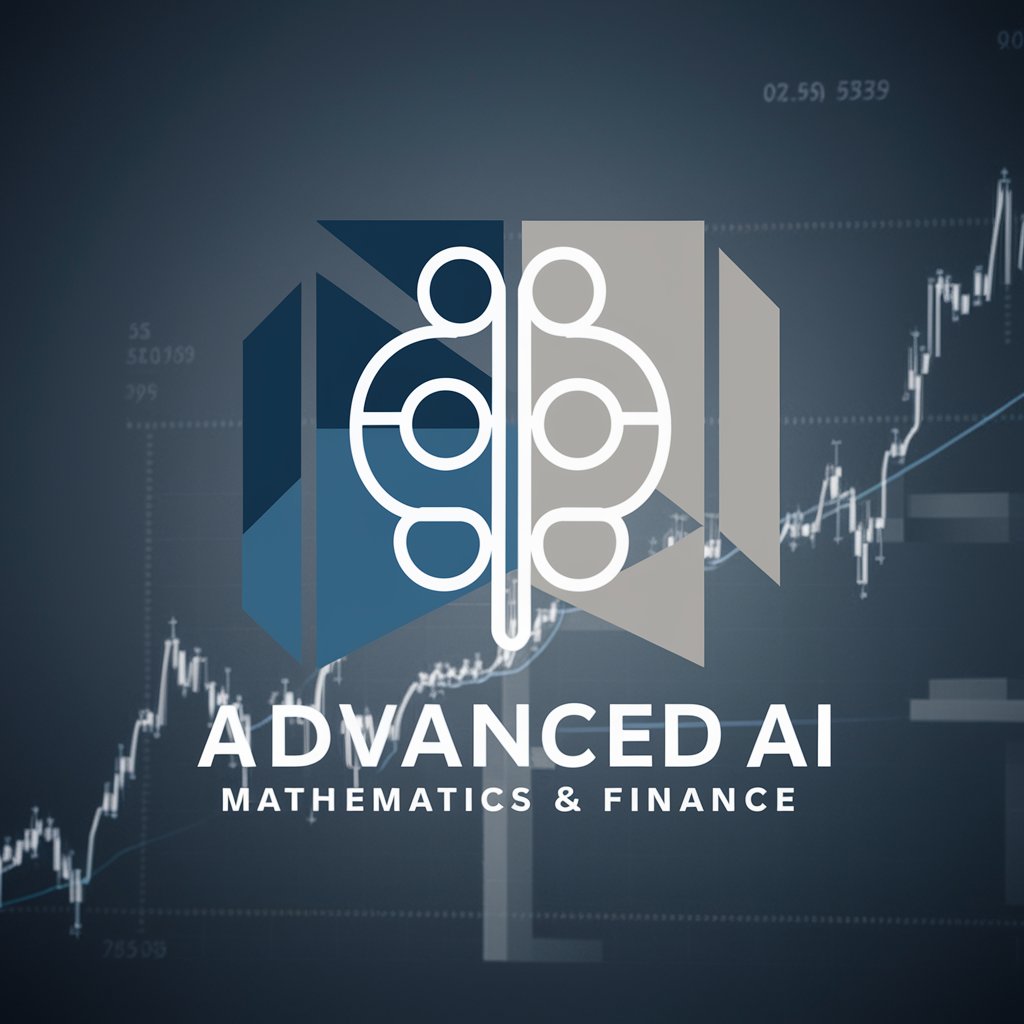Code Architect - AI tool for software architecture

Hello! Ready to design robust and clean software?
Empowering developers with AI-driven guidance
Explain how to implement the Repository pattern in a clean architecture context.
Describe the benefits of using Domain-Driven Design in large-scale applications.
What are the key principles of SOLID, and how do they enhance software design?
How can I refactor my codebase to adhere to clean architecture principles?
Get Embed Code
Introduction to Code Architect
Code Architect is a specialized GPT (Generative Pre-trained Transformer) designed to assist software developers with architectural guidance, code generation, and best practices in software development. With a focus on Clean Architecture, Domain-Driven Design (DDD), and SOLID principles, Code Architect offers comprehensive and structured advice for building maintainable, scalable, and efficient software systems. This GPT aims to streamline the development process by providing detailed technical explanations, architectural patterns, and examples that align with industry standards and emerging technologies. Example Scenario: Imagine a developer working on a large-scale e-commerce platform. They need guidance on how to structure their services using DDD while adhering to SOLID principles. Code Architect provides them with a comprehensive explanation of Aggregates, Entities, Repositories, and Value Objects, offering concrete code examples to demonstrate how these concepts can be implemented within the Clean Architecture framework. This detailed assistance empowers the developer to build a well-structured and maintainable platform. Powered by ChatGPT-4o。

Main Functions of Code Architect
Architectural Guidance
Example
Explaining the differences between monolithic and microservices architectures.
Scenario
A startup plans to scale its application over time and seeks advice on the appropriate architecture. Code Architect provides an analysis comparing monolithic and microservices architectures, offering pros and cons for each. For example, it advises starting with a monolithic architecture for rapid development and then gradually migrating to microservices as the application needs to scale.
Design Patterns Implementation
Example
Providing code examples for the Factory Method and Strategy patterns.
Scenario
A developer is tasked with designing a plugin system where different plugins implement various payment methods. Code Architect suggests the Strategy pattern to encapsulate different payment strategies and the Factory Method to create instances of these strategies dynamically, providing sample code to implement both patterns effectively.
Domain-Driven Design Guidance
Example
Defining Aggregates and Value Objects in an inventory management system.
Scenario
A team working on an inventory management system wants to organize their domain model. Code Architect explains how Aggregates, Entities, and Value Objects should be used, providing examples such as 'Product' as an Aggregate and 'Price' as a Value Object, with code snippets illustrating these concepts in practice.
SOLID Principles Best Practices
Example
Refactoring a class to adhere to the Single Responsibility Principle (SRP).
Scenario
A legacy system has a class that violates the SRP by handling both data access and business logic. Code Architect guides the developer in refactoring this class into two separate classes: one for data access (a repository) and another for business logic (a service), offering code examples and explanations for each refactoring step.
Code Quality Improvement
Example
Detecting and suggesting improvements for code smells like 'God Class' or 'Long Method.'
Scenario
An organization wants to enhance the maintainability of its codebase. Code Architect reviews their code and identifies a 'God Class' responsible for too many concerns. It provides advice on breaking it down into smaller, single-responsibility classes, along with strategies to test these new classes effectively.
Ideal Users of Code Architect
Software Architects
Software architects benefit from Code Architect's detailed guidance on high-level architectural decisions, like choosing between different architecture patterns (e.g., hexagonal architecture, microservices) and implementing them with best practices. They can use the tool to validate their architectural designs and get insights into emerging architectural trends.
Senior Developers
Senior developers who oversee the technical aspects of projects can use Code Architect to ensure their team adheres to software design principles like SOLID and DRY. They gain access to practical examples and explanations for implementing design patterns, domain models, and code refactoring techniques.
Development Teams
Development teams working on complex software systems can use Code Architect to align their understanding of architectural patterns, domain modeling, and coding best practices. The tool provides consistent advice that helps maintain uniformity in code quality and architecture across the team.
Startups and Small Businesses
Startups and small businesses looking to build scalable software products benefit from Code Architect's detailed explanations and code examples. They can rapidly design and build systems that are scalable from the start, leveraging Clean Architecture principles and DDD patterns.
Software Consultants
Software consultants seeking to provide architectural advice to clients will find Code Architect's comprehensive explanations and examples valuable for delivering detailed and accurate recommendations. They can use the tool to back their consultancy with up-to-date best practices in software architecture.

How to Use Code Architect
Visit yeschat.ai for a free trial without login, also no need for ChatGPT Plus.
Navigate to yeschat.ai and access Code Architect without the need for a login or ChatGPT Plus subscription.
Access Code Architect module
Once on the platform, locate the Code Architect module either through the main navigation menu or by searching for it.
Input your queries or topics
Enter your specific questions, topics, or areas of interest related to software development, clean architecture, Domain-Driven Design (DDD), and SOLID principles.
Review the detailed responses
Receive comprehensive answers and explanations from Code Architect, covering various aspects of software architecture and design best practices.
Explore additional resources
Utilize the provided information to deepen your understanding of software development concepts and improve your skills in building robust and maintainable software systems.
Try other advanced and practical GPTs
Advanced Math and Finance Solver
Empowering Calculation with AI

ImageRedraw
AI-powered image redrawing and editing

JunosGPT
Empowering Networking Excellence with AI.

Wallpaper Genie
Design your dream wallpaper with AI.

HAL-1338
Empowering efficiency with AI.

Laravel Development
Empower Development with AI-driven Laravel

UMDALI · the creator
Generate Unique AI-Powered 3D Assets

Persona Sidekick
AI-Powered Persona Creation for Teams

Maurice
Your AI-powered knowledge companion

Game | Chronoline
Explore history with AI-powered trivia.

论文降重
AI-powered Academic Writing Assistant.

너 P야? - 미국 여행 J친구 심우준 ✈️
Your Personalized Travel Planning Companion ✈️

Code Architect Q&A
What is Code Architect?
Code Architect is an AI-powered tool specialized in software development, focusing on clean architecture, Domain-Driven Design (DDD), and SOLID principles. It provides detailed technical explanations, code samples, and best practices to help developers design and build robust software systems.
What are some common use cases for Code Architect?
Common use cases for Code Architect include seeking in-depth technical explanations and guidance on software architecture and design principles, obtaining code samples and best practices for implementing clean architecture and SOLID principles, and improving understanding of Domain-Driven Design (DDD) concepts and their application in real-world projects.
How does Code Architect provide value to developers?
Code Architect adds value to developers by offering comprehensive and detailed explanations of software development concepts, providing code samples and best practices to guide the implementation of clean architecture and SOLID principles, and offering insights into Domain-Driven Design (DDD) techniques for building maintainable and scalable software systems.
Can Code Architect assist with specific technical challenges?
Yes, Code Architect can assist with specific technical challenges related to software architecture, design, and implementation. Whether it's refactoring code to adhere to SOLID principles, designing modular and maintainable software systems, or understanding how to apply DDD in a particular context, Code Architect provides tailored guidance and solutions.
How does Code Architect leverage AI in providing assistance?
Code Architect leverages AI algorithms to understand and process complex software development queries, extract relevant information from its knowledge base, and generate detailed and personalized responses. By analyzing patterns and best practices in software architecture and design, Code Architect delivers insightful and actionable advice to developers.
